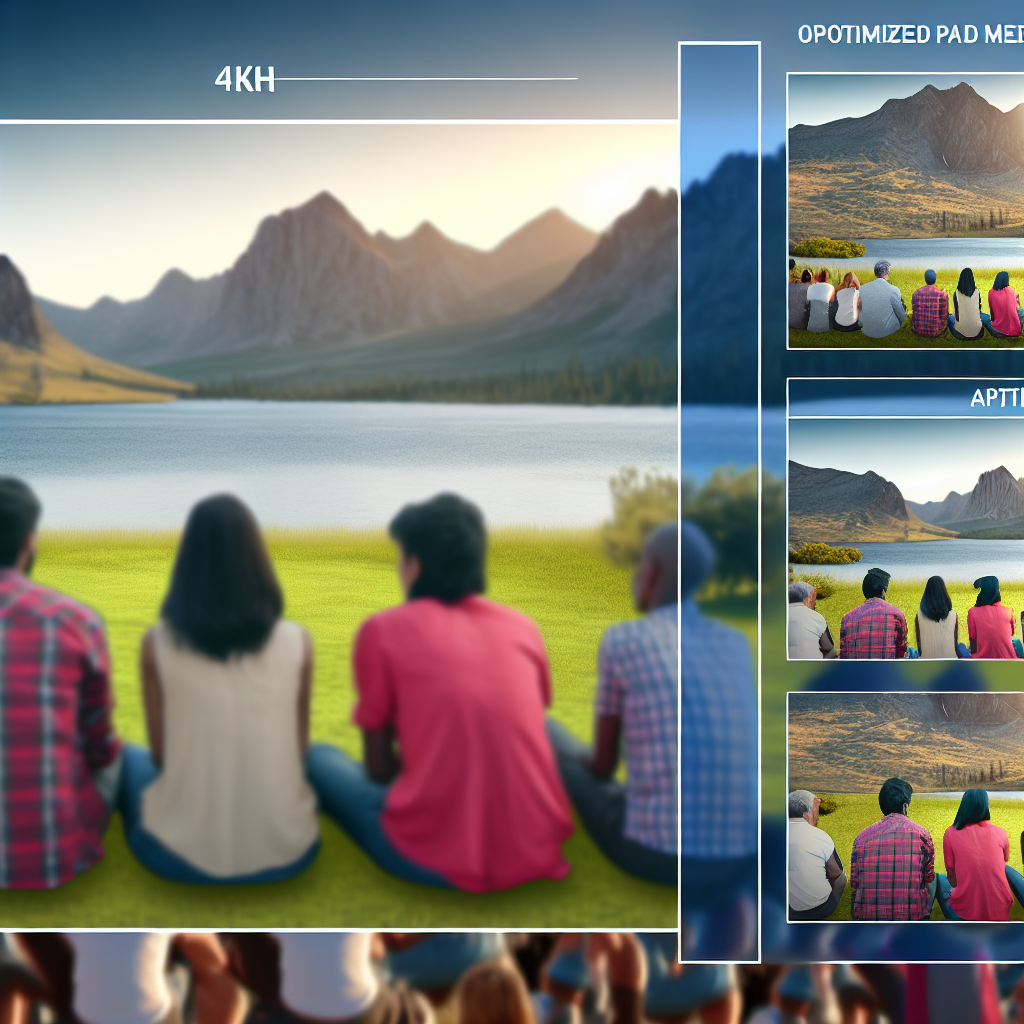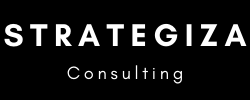Marketing Forensics
Optimizing Paid Media for Conversions
-
Table of Contents
- Optimizing Paid Media for Conversions
- Understanding Paid Media
- Why Optimize Paid Media for Conversions?
- Strategies for Optimizing Paid Media for Conversions
- 1. Targeting the Right Audience
- 2. Using High-Quality, Relevant Content
- 3. A/B Testing
- 4. Tracking and Analyzing Performance
- Case Study: Optimizing Paid Media for Conversions
- Statistics on Paid Media Optimization
- Conclusion
Optimizing Paid Media for Conversions

In the digital marketing landscape, paid media has emerged as a powerful tool for businesses to reach their target audience, drive traffic, and ultimately, increase conversions. However, to maximize the return on investment (ROI), it’s crucial to optimize your paid media strategies. This article will delve into the best practices for optimizing paid media for conversions, supported by relevant examples, case studies, and statistics.
Understanding Paid Media
Paid media refers to any form of marketing that you pay for. This includes pay-per-click (PPC) advertising, display ads, social media ads, sponsored posts, and more. The primary goal of paid media is to promote content and increase visibility, thereby driving more traffic to your website and boosting conversions.
Why Optimize Paid Media for Conversions?
Simply investing in paid media is not enough. Without optimization, you may not achieve the desired results, leading to wasted resources. By optimizing your paid media strategies, you can ensure that your ads reach the right audience, at the right time, and in the right place, thereby increasing the likelihood of conversions.
Strategies for Optimizing Paid Media for Conversions
1. Targeting the Right Audience
One of the most critical aspects of optimizing paid media for conversions is targeting the right audience. This involves understanding your customer demographics, interests, and online behavior. For example, if you’re a fashion brand targeting young adults, you might want to focus on platforms like Instagram and Snapchat.
2. Using High-Quality, Relevant Content
Content is king in digital marketing, and this holds true for paid media as well. High-quality, relevant content can significantly increase your chances of conversions. This could be in the form of engaging ad copy, eye-catching images, or compelling videos.
3. A/B Testing
A/B testing involves creating two versions of an ad and testing them against each other to see which performs better. This can help you identify what works and what doesn’t, allowing you to optimize your ads for better results.
4. Tracking and Analyzing Performance
Tracking and analyzing your ad performance is crucial for optimization. This can help you understand which ads are driving conversions and which are not, enabling you to make informed decisions about where to invest your resources.
Case Study: Optimizing Paid Media for Conversions
Let’s look at a case study to understand how optimizing paid media can lead to increased conversions. In 2018, online retailer Zappos used Google Ads to optimize their paid media strategies. They used machine learning to analyze their ad performance and identify areas for improvement. As a result, they saw a 20% increase in conversion rate and a 13% increase in revenue.
Statistics on Paid Media Optimization
- According to a study by WordStream, businesses make an average of $2 in revenue for every $1 they spend on Google Ads.
- A report by Social Media Today found that 64% of consumers make a purchase after watching branded social videos.
- According to HubSpot, companies that use advanced targeting methods are 32% more likely to see a higher ROI on their ad spend.
Conclusion
Optimizing paid media for conversions is a crucial aspect of digital marketing. By targeting the right audience, using high-quality content, conducting A/B testing, and tracking performance, businesses can significantly increase their conversions and ROI. The case study of Zappos and the statistics mentioned above further underscore the importance and effectiveness of paid media optimization.
In conclusion, while paid media can be a significant investment, with the right optimization strategies, it can yield substantial returns. Therefore, businesses should not shy away from investing time and resources into optimizing their paid media strategies for conversions.
